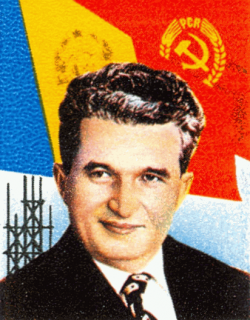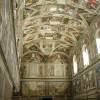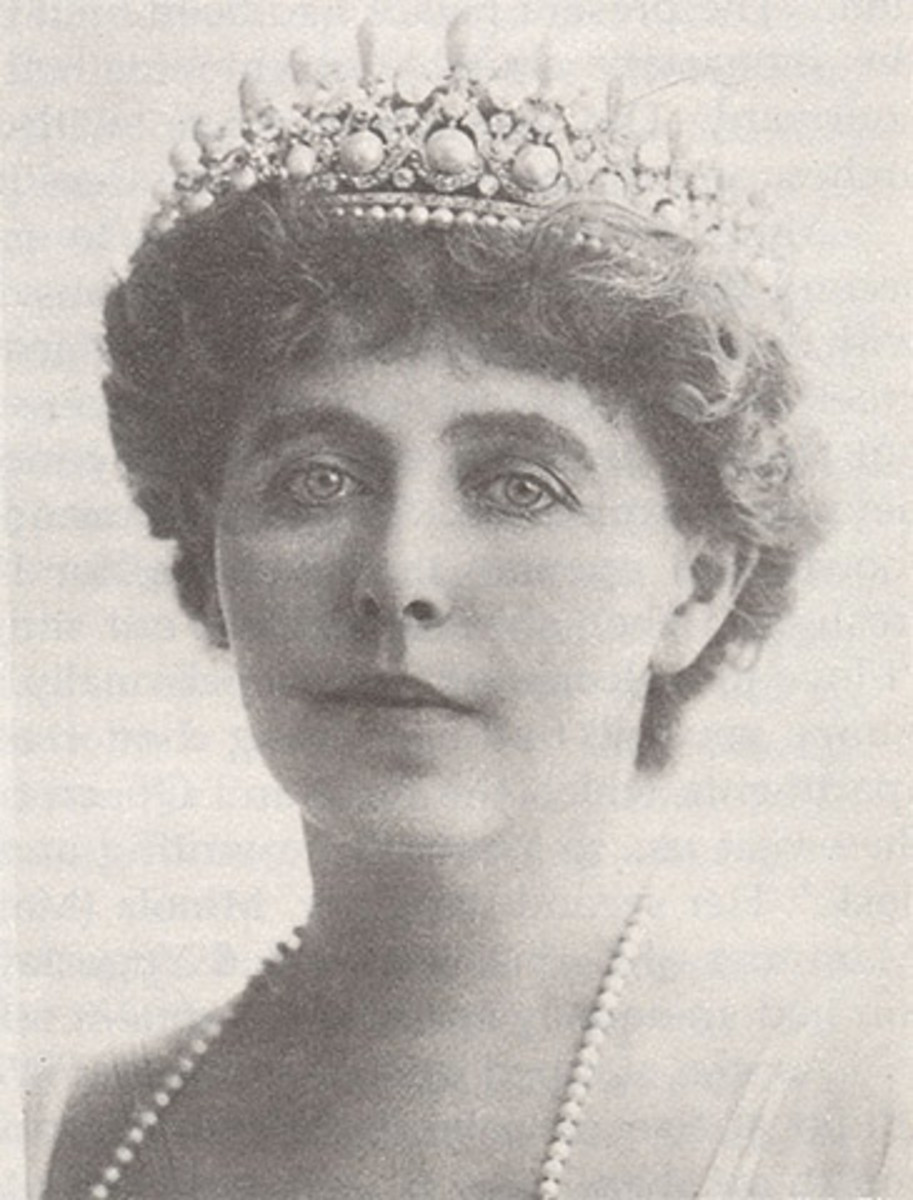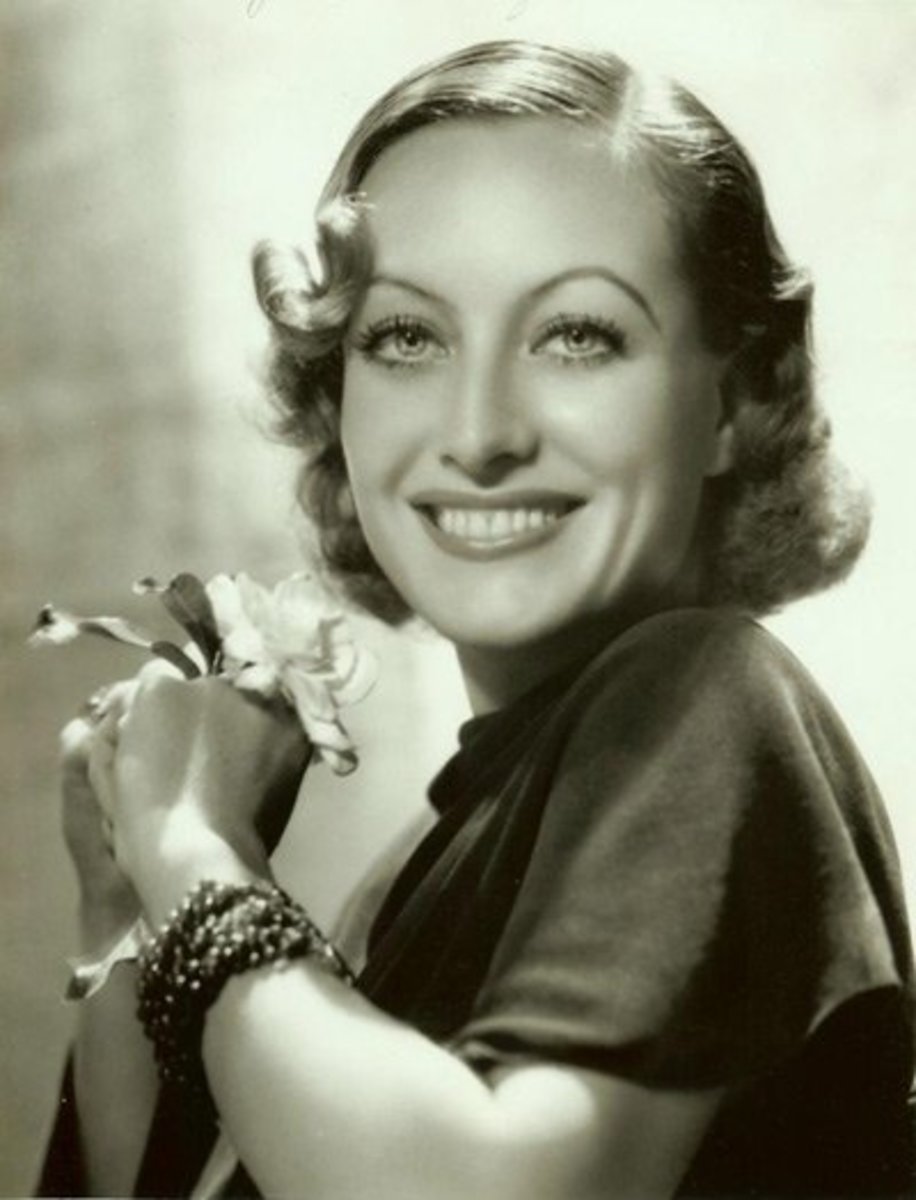Nicolae Ceausescu

Nicolae Ceausescu
"He always claimed to act and speak on behalf of the people, to be a beloved son of the people, but he only tyrannized the people all the time. [[He]]procured the most luxurious foodstuffs and clothes from abroad...even worse than...the former king of Romania." (State Prosecutor at Ceausescu's trial)
Nicolae Ceausescu was the last Communist dictator of Eastern Europe. He ruled as the President of the State Council of Romania for 22 years. His regime was known for torture, poverty, extravagance and pageantry. After 22 years in power he (along with his wife Elanor) were overthrown by the Romanian people. At his trial, Ceausescu refused to co-operate, insisting that as the President of the country he was accountable only to the country's parliament. Nevertheless he was found guilty of the genocide of 60,000 victims. He and his wife were sentenced to death via firing squad. Their shooting was broadcast on national tv and resulted in Romanians celebrating in the street.
Personal life and background
The son of a peasant farmer was born in 1918. As a teenager he became a prominent member of the Romanian Communist Youth Movement; he was imprisoned at the ages of 18 and 22 for his Communist activities. Ceausescu had a wife Elena who slowly rose through the ranks of the Romanian Communist party, ultimately becoming his deputy; a position which she held until the revolution. Her academic record consisted of a good mark in needlework acquired upon leaving school at the age of 14, however the Romanian Media was required to portray her as a internationally renowned scientist. When she and her husband had a state visit to the UK she received a doctorate from the Royal Society of Chemistry.
Rise to power
During his second spell in prison he became the mentee of Gheorghe Gheorghiu-Dej who became the leader of Romania in 1952. Under Gheorghiu-Dej Ceausescu rose through the ranks of the Politburo and Secretariat ultimately becoming his second in command. When he died in 1965 Ceausescu became general secretary of the Communist Party (he became head of state two years later). He was originally suspected to be a puppet of senior party officials; however in 1968 he emerged as a world statesman when he opposed the Soviet Union invasion of Czechoslovakia. Ceausescu's regime went to become one of the most unusual Communist regimes in history.
Government
The regime of the so called "King of Communism" was celebrated with pomp and pageantry that is more often associated with the European Royal Courts. During his inauguration he was he handed a sceptre; something usually associated with monarchy (the sceptre itself had been designed by a Romanian Monarchist). In 1984 Ceausescu ordered the building of the largest palace in the world. It was referred to officially as the Palace of the People but Romanians nicknamed it the Madman's house. Many historical buildings and residences (including 26 churches and 7000 homes) were demolished or moved to build the 1000 room palace. The palace was sumptuously furnished with 4500 chandeliers and the world's largest carpet. Romania was celebrated in spectacular fashion; extravagant and expensive shows involving all the children and workers of Romania were staged to celebrate various occasions (including the birthdays of the Ceausescus). Those who worked in the State media had to extensively scrutinise the spelling of Ceausescu's name (which had to appear 40 times on every page of every newspaper) as misspelling it could result in an arrest by the secret police. Ceausescu visited the UK in 1978 as the Callaghan Government was hoping he would purchase some planes; at his request he had a full state visit riding in the Royal Carriage with Queen Elizabeth II. At the governments request The Queen also gave him an honorary knighthood (the honour was later revoked). In the 1979 Ceausescu announced his intention to repay the 10 billion dollars of national debt which Romania owed to the national banks (the money had been borrowed to industrialize the country) within the next decade. Ceausescu intended to do this by exporting Romania's produce which resulted in mass shortages. By the end of the late 1980s the majority of Romanians were living without proper sanitation, electricity and had to queue for many hours to buy food. The final show to celebrate the Ceausescus was staged in 1989 with the apparent cheers and reverence of the crowd actually being recordings of previous shows.
Downfall
On December 17th 1989 Ceausescu ordered his security forces to fire on anti government demonstrators. Four days later 1989 Ceausescu addressed a crowd of 100,000 Romanians outside the Central committee building; within 8 minutes the crowd were booing and the building was besieged; Ceausescu and his wife were helicoptered to safety but by the next day they had been arrested. Three days later a special court was formed to try the couple; Ceausescu refused to recognize the court insisting that he was the still the president and was therefore accountable only to the Grand National Assembly. The Ceausescus were found guilty of charges of genocide, making an armed attack on civilians, the destruction of buildings and state institutions, and undermining of the national economy. They were sentenced to death by firing squad; their executions were broadcast on national television.
BBC archive
- Article about Ceausescu's death
A bbc article - published on the anniversary of their deaths.








